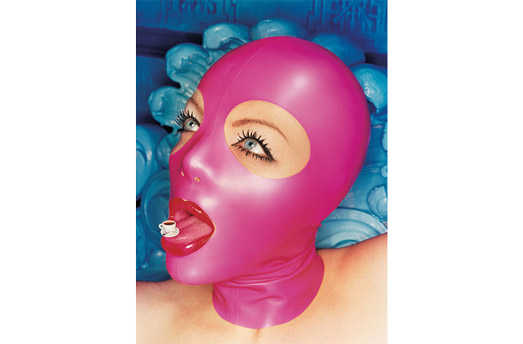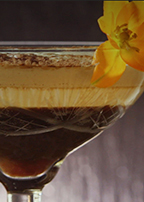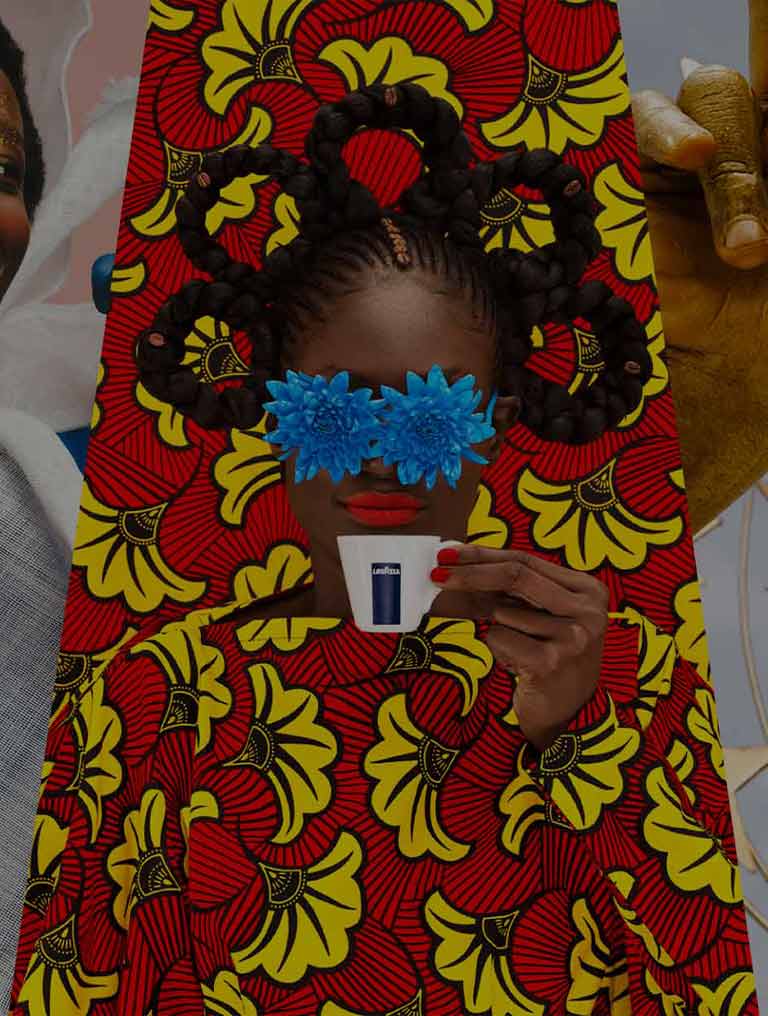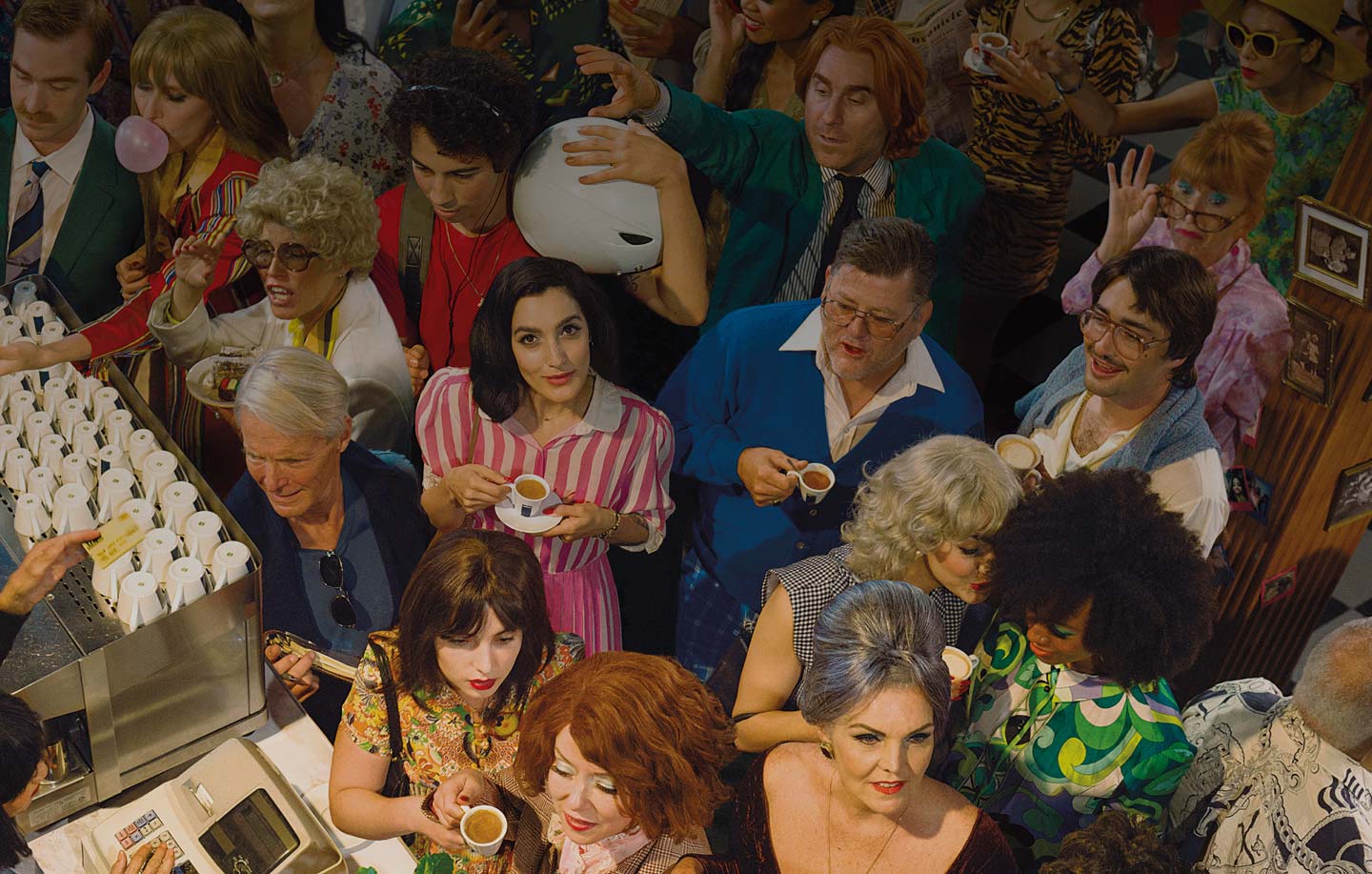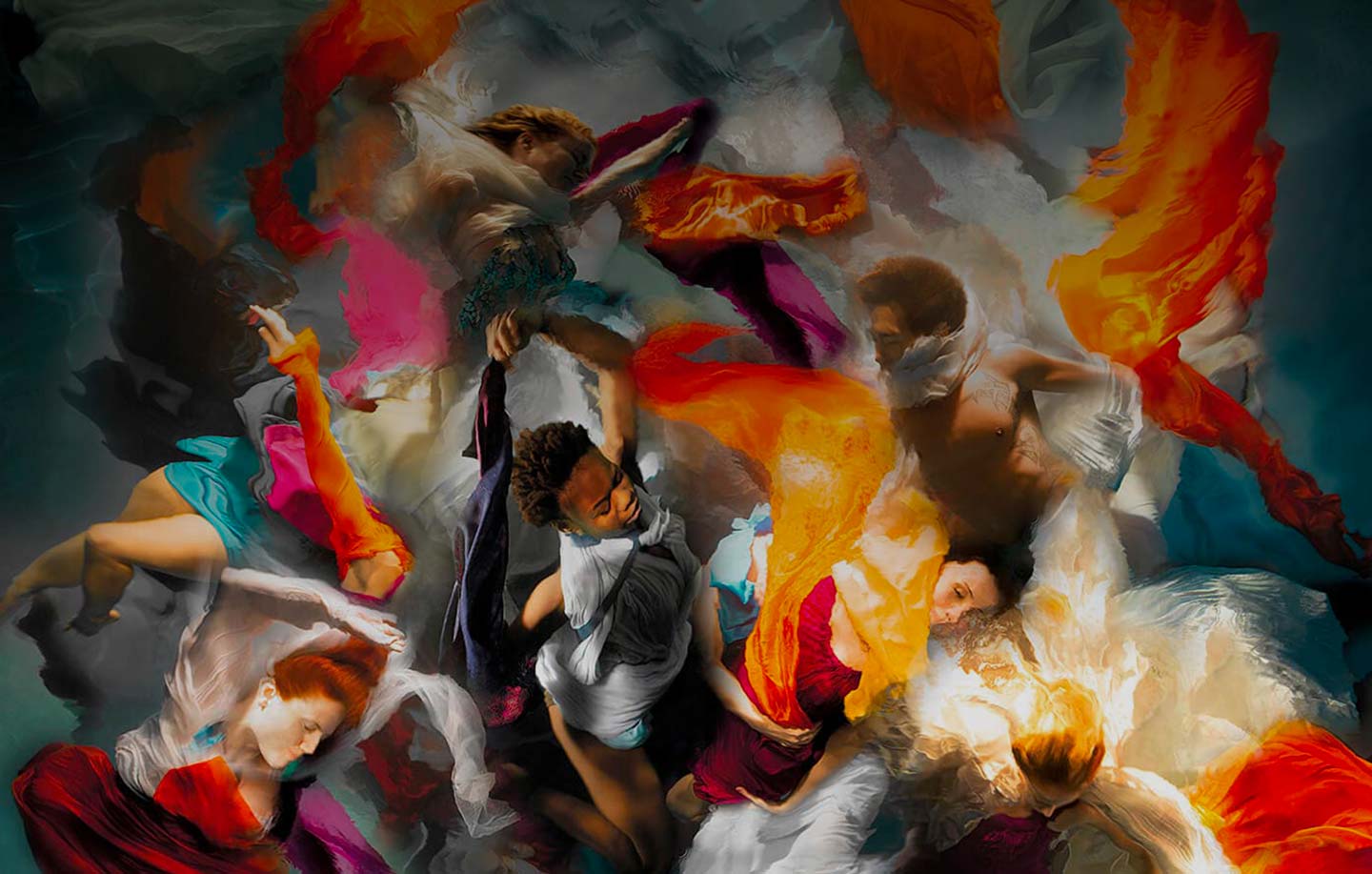*Lavazza is not affiliated with, endorsed or sponsored by Nespresso
**Nescafè®, Dolce Gusto® and Melody I are third party trademarks with no connection with Luigi Lavazza S.p.A.
*Lavazza is not affiliated with, endorsed or sponsored by Nespresso
**Nescafè®, Dolce Gusto® and Melody I are third party trademarks with no connection with Luigi Lavazza S.p.A.
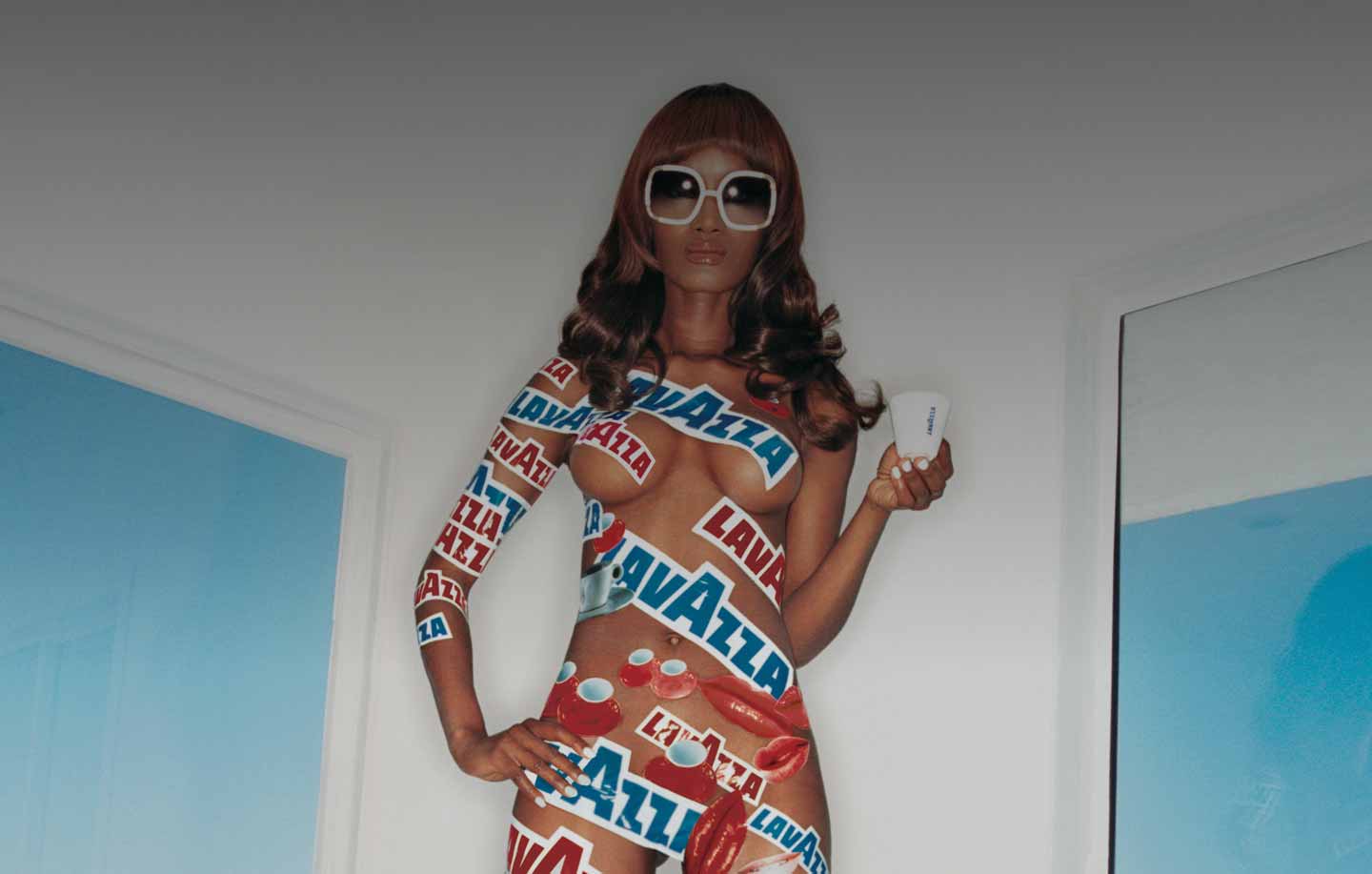
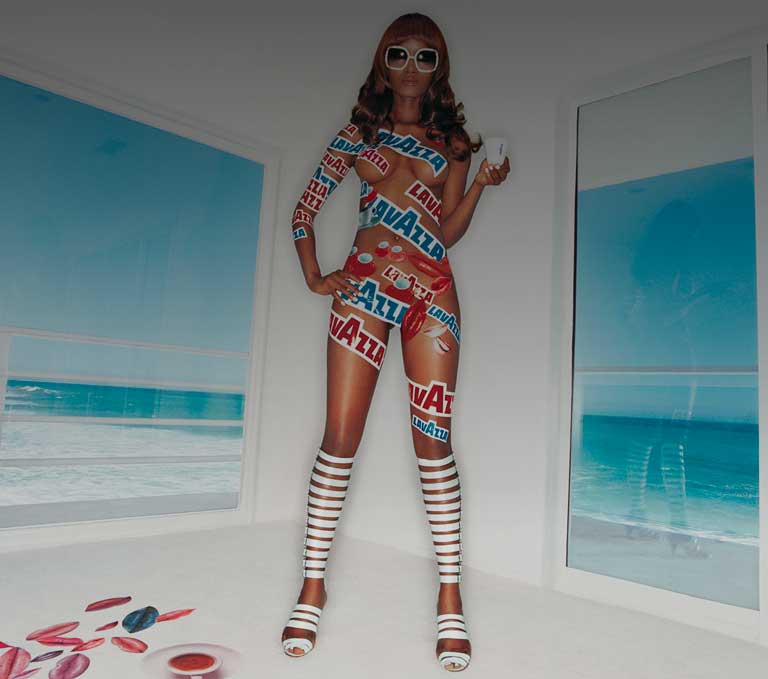
Lavazza Calendar 2002 by David LaChapelle
THE AUTHOR: DAVID LACHAPELLE
His career began in the New York galleries of the ’80s. Andy Warhol offered him his first job as a photographer at Interview Magazine, where LaChapelle portrayed the most famous faces of the period. Soon he found himself shooting for some of the most important international newspapers, creating the most memorable advertising campaigns for an entire generation. LaChapelle later widened the horizons of his work and turned to directing music videos, live theatrical events and documentary films. In recent years, his works have been exhibited in some of the world’s most prestigious galleries and museums.
His ability to evoke scenes of absolute realism using rich and vibrant colours makes his works instantly recognisable and a source of frequent citations. It can be said that he is the only active photographic artist whose works have transcended the editorial context for which they were born to become part of contemporary art.


THE CALENDAR:
In 2002, the Lavazza calendar was presented in colour for the first time in its history. This radical change took place with the signature of a very famous photographer, also known as the "King of Contemporary Pop Art": David LaChapelle. His work is unmistakable owing to its exuberance, originality and energy. The surreal and ironic style and the bright vibrant and saturated colours are translated into excessive, and often Baroque, images, which have earned him the title of the Fellini of photography.
